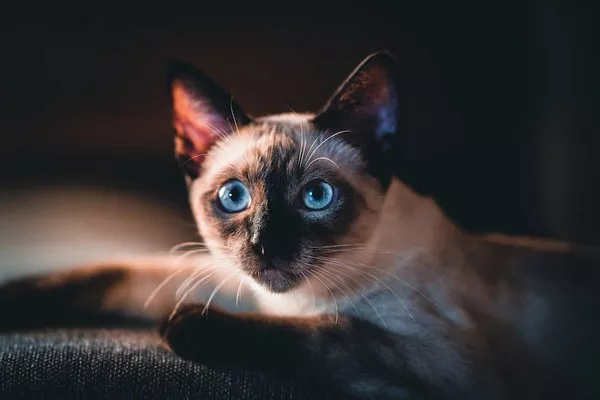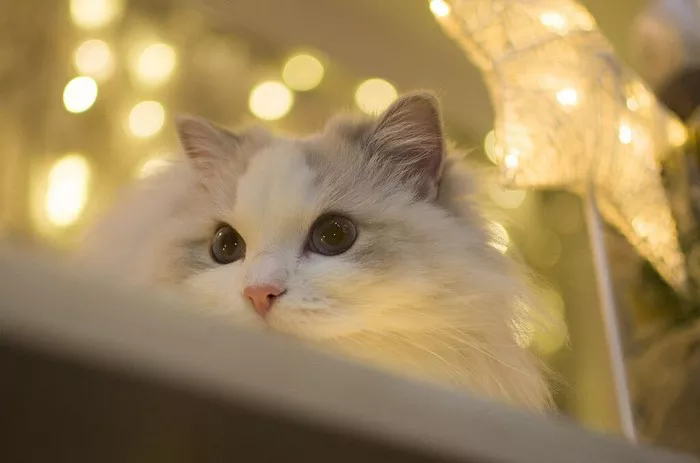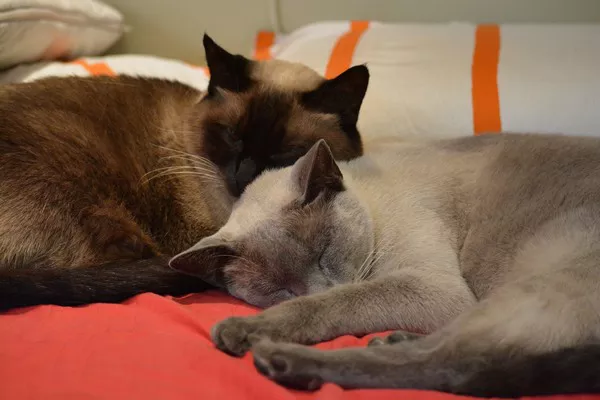Bengal cats are known for their stunning coats and wild appearance, which is reminiscent of their leopard ancestors. These exotic-looking felines are highly sought after as pets due to their striking appearance and active personalities. However, like all cats, Bengal cats are not immune to shedding. If you’ve noticed that your Bengal cat is shedding excessively, you may be wondering why. In this article, we will explore the reasons behind excessive shedding in Bengal cats and provide tips on how to manage it effectively.
Understanding Shedding in Cats
Before diving into the specifics of Bengal cat shedding, it’s essential to have a general understanding of shedding in cats. Shedding is a natural and healthy process in which a cat’s old or damaged hair is replaced by new growth. Cats typically shed year-round, with fluctuations influenced by factors like breed, age, season, and health.
The shedding process is controlled by hormones and is influenced by daylight length. Cats may shed more during seasonal transitions, such as in the spring when they shed their winter coat to prepare for warmer weather.
Factors Contributing to Excessive Shedding in Bengal Cats
Bengal cats are known for their unique and luxurious coats, which consist of short, dense fur covered in distinctive spots or marbled patterns. While they are not considered a long-haired breed, Bengal cats can still experience excessive shedding for various reasons:
1. Seasonal Changes
Like other cats, Bengal cats may experience increased shedding during seasonal changes, particularly in the spring and fall. As the days lengthen or shorten, their bodies respond by shedding the old coat and growing a new one to adapt to temperature changes.
2. Dietary Factors
Diet plays a significant role in a cat’s overall health and coat condition. A poor or unbalanced diet can contribute to excessive shedding. Ensure that your Bengal cat is receiving a high-quality cat food that provides the necessary nutrients, including essential fatty acids, to maintain a healthy coat.
3. Dehydration
Inadequate hydration can lead to dry and flaky skin, which can, in turn, trigger excessive shedding. Ensure that your Bengal cat has access to clean and fresh water at all times to help keep their skin and coat properly hydrated.
4. Grooming Habits
Bengal cats are generally meticulous groomers and may groom themselves excessively, leading to more hair in their environment. If you notice your cat grooming excessively or developing hairballs, it’s important to monitor their grooming habits.
5. Stress and Anxiety
Stress and anxiety can affect a cat’s overall health and may lead to excessive shedding. Changes in the household, new additions to the family, or disruptions to your cat’s routine can trigger stress. Providing a calm and stable environment can help reduce shedding related to anxiety.
6. Underlying Health Issues
Excessive shedding can sometimes be a sign of underlying health issues, such as allergies, skin infections, or hormonal imbalances. If your Bengal cat’s shedding is accompanied by other symptoms like itching, redness, or hair loss, it’s essential to consult with a veterinarian for a thorough examination and diagnosis.
Managing Excessive Shedding in Bengal Cats
If you’re concerned about your Bengal cat’s excessive shedding, there are several steps you can take to manage and reduce it:
1. Regular Brushing
Frequent brushing is one of the most effective ways to manage shedding in Bengal cats. Brushing helps remove loose hair and prevents it from accumulating in your home. Use a soft-bristle brush or a grooming glove to gently brush your cat’s coat. The frequency of brushing may vary depending on the season and your cat’s individual shedding pattern.
2. High-Quality Diet
Ensure that your Bengal cat is receiving a well-balanced and high-quality diet. Consult with your veterinarian to choose the best cat food that supports a healthy coat and overall well-being. Omega-3 and Omega-6 fatty acids are beneficial for skin and coat health.
3. Hydration
Encourage proper hydration by providing fresh and clean water at all times. Cats often get most of their moisture from their food, so consider incorporating wet cat food into their diet, which can help maintain skin and coat health.
4. Stress Reduction
If you suspect that stress or anxiety is contributing to your Bengal cat’s shedding, take steps to reduce stressors in their environment. Provide a stable routine, create a safe and comfortable space, and offer interactive toys and enrichment to keep them mentally and physically stimulated.
5. Regular Vet Check-Ups
Schedule regular veterinary check-ups to monitor your Bengal cat’s overall health and detect any underlying issues that may contribute to shedding. Your veterinarian can recommend treatments or dietary changes if necessary.
6. Bathing
Occasional baths can help remove loose hair and reduce shedding. Use a cat-specific shampoo and follow proper bathing techniques to ensure your Bengal cat’s comfort and safety. Be sure not to bathe your cat too frequently, as it can strip their skin and coat of essential oils.
7. Environmental Management
To minimize the impact of shedding on your home, vacuum regularly, and use lint rollers on furniture and clothing. Wash your cat’s bedding and toys regularly to remove accumulated hair.
8. Supplements
Consult with your veterinarian about the use of supplements, such as Omega-3 fatty acids, which can help improve skin and coat health in cats.
When to Consult a Veterinarian
If your Bengal cat’s shedding persists or is accompanied by signs of illness, discomfort, or skin issues, it’s crucial to seek professional veterinary advice. A veterinarian can conduct a thorough examination, perform diagnostic tests if needed, and recommend a tailored treatment plan to address any underlying health concerns.
In summary, shedding is a natural process in all cats, including Bengal cats. While some shedding is normal, excessive shedding may be a sign of underlying issues that require attention. By providing proper grooming, nutrition, hydration, and a stress-free environment, you can help manage shedding and keep your Bengal cat’s coat healthy and beautiful. Regular veterinary care is essential to ensure your cat’s overall well-being and to address any health-related causes of excessive shedding.



























